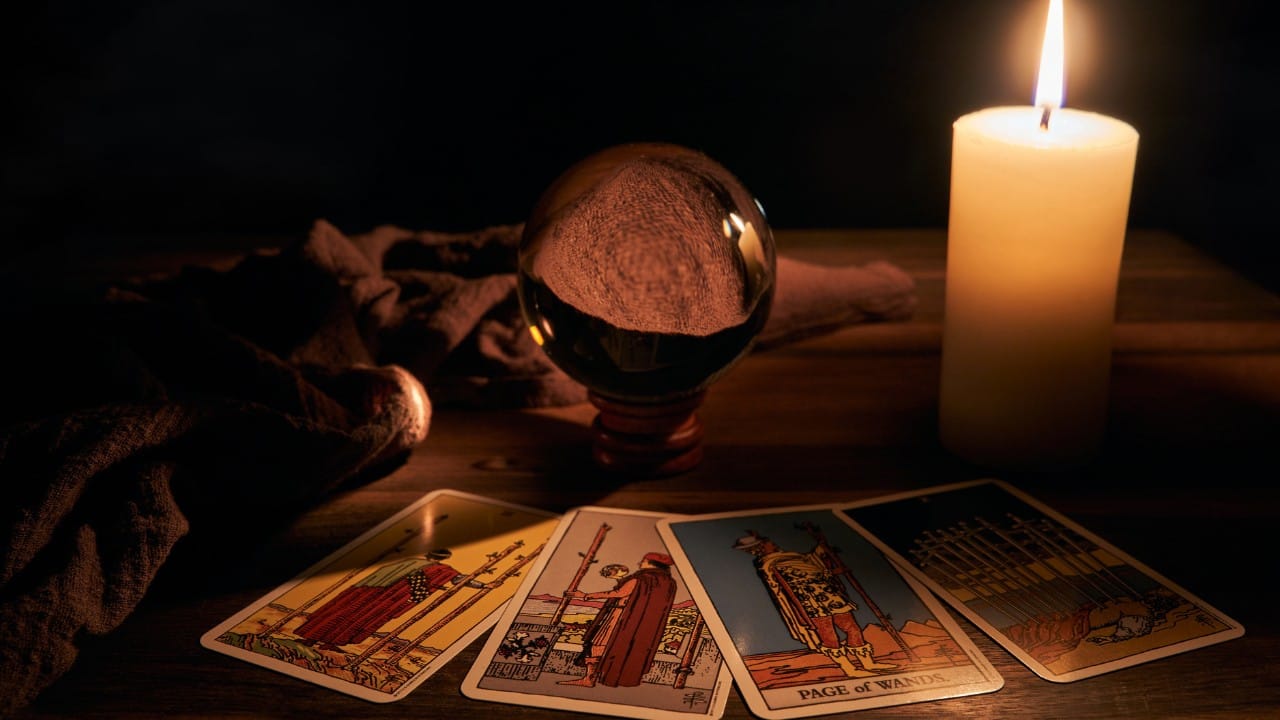How Was the Sun Created? A Journey Into the Birth of Our Star

The Sun, the giant ball of fire that lights up our sky and makes life on Earth possible, has an incredible origin story that dates back billions of years. But have you ever wondered how the Sun came into existence? What cosmic events led to the formation of this massive burning star at the center of our solar system?
Understanding the birth of the Sun takes us deep into the mysteries of the universe, where clouds of gas, dust, and immense gravitational forces came together to create the powerhouse that fuels life on Earth. In this article, we will explore the scientific journey of how the Sun was created, from the earliest cosmic clouds to the glowing sphere we see today.
The Birthplace of the Sun – The Solar Nebula Theory
The most widely accepted scientific explanation for the Sun’s creation is the Nebular Hypothesis, also known as the Solar Nebula Theory. According to this theory, the Sun was born around 4.6 billion years ago from a massive cloud of gas and dust, known as the solar nebula.
Step 1: The Primordial Cloud – The Starting Point
Long before the Sun existed, there was an enormous cloud of interstellar gas and dust floating in the Milky Way galaxy. This cloud primarily contained hydrogen and helium, along with traces of heavier elements produced by earlier generations of stars that had exploded in massive supernovae.
At this stage, everything was calm—just an enormous, cold cloud drifting in space.
Step 2: The Triggering Event – A Supernova’s Shockwave
The formation of our Sun likely needed a push, and that push came in the form of a nearby supernova explosion. When a massive star dies, it explodes in a brilliant supernova, sending out shockwaves that ripple through space.
One such shockwave likely passed through the quiet cloud of gas and dust that would eventually become our Sun. This triggered gravitational collapse, meaning that parts of the cloud started clumping together due to the pull of gravity.
Step 3: The Collapsing Cloud – Gravity Takes Over
Once the collapse began, gravity pulled more and more material inward. As the cloud contracted, it started spinning faster due to the conservation of angular momentum—the same principle that makes a spinning ice skater go faster when they pull in their arms.
This spinning caused the cloud to flatten into a disk shape, with most of the material pulled toward the center. This central core would eventually become the Sun.
At this point, temperatures in the core began to rise due to intense pressure, and the first signs of a young star—called a protostar—emerged.
Step 4: The Protostar Phase – The Sun’s Infancy
For the next few million years, the dense core at the center of the collapsing cloud continued to grow. This protostar was not yet a fully formed Sun, but it was already glowing due to the heat generated from the compression of gas.
During this phase, the Sun was surrounded by a swirling protoplanetary disk, a collection of leftover gas and dust that would later form the planets of our solar system.
The most important transformation, however, had yet to occur—the ignition of nuclear fusion.
Step 5: The Ignition of Nuclear Fusion – The Birth of a Star
As more and more material accumulated in the core, the temperature soared beyond 10 million degrees Celsius (18 million degrees Fahrenheit). At this critical temperature, something extraordinary happened: nuclear fusion began.
In simple terms, nuclear fusion is the process where hydrogen atoms smash into each other and combine to form helium, releasing an enormous amount of energy in the process. This is what makes the Sun shine!
The moment nuclear fusion started, the Sun officially became a main-sequence star—a fully formed, self-sustaining star burning bright in space.
This was the true birth of the Sun!
What Happened to the Leftover Material?
Not all of the gas and dust from the solar nebula ended up in the Sun. The remaining material in the protoplanetary disk clumped together over millions of years to form planets, moons, asteroids, and comets. This is how the rest of our solar system, including Earth, came into existence.
The Sun Today – A Lifeline for Our Solar System
Today, the Sun is about 4.6 billion years old and is considered a middle-aged star. It is a G-type main-sequence star (G2V), commonly known as a yellow dwarf. It continues to fuse hydrogen into helium in its core, producing the immense heat and light that sustain life on Earth.
Some Fascinating Facts About the Sun:
- The Sun is 330,000 times more massive than Earth.
- It makes up 99.8% of the total mass of the solar system.
- The temperature at the Sun’s core reaches 15 million degrees Celsius.
- It takes about 8 minutes and 20 seconds for sunlight to reach Earth.
- The Sun will continue burning hydrogen for another 5 billion years before evolving into a red giant.
What Will Happen to the Sun in the Future?
Like all stars, the Sun will eventually run out of fuel. Here’s what will happen in the far future:
- Red Giant Phase (In About 5 Billion Years)
- The Sun will exhaust its hydrogen fuel and start burning helium.
- It will expand into a red giant, growing so large that it could engulf Mercury, Venus, and possibly Earth.
- White Dwarf Phase (In About 7 Billion Years)
- The Sun will shed its outer layers, creating a beautiful planetary nebula.
- The remaining core will shrink into a white dwarf, a small but extremely dense remnant.
- Final Fate – A Fading White Dwarf
- Over billions of years, the white dwarf will gradually cool and fade into a cold, dark black dwarf, ending its life cycle.
The birth of the Sun was not just the beginning of a star—it was the beginning of life as we know it. Without the Sun, there would be no Earth, no oceans, no plants, and no humans.
The Sun’s creation was a cosmic masterpiece, sculpted by the forces of gravity, nuclear fusion, and time. And even though the Sun’s story began billions of years ago, it still continues to shine brightly, illuminating our sky and making life possible.
Understanding the Sun’s birth helps us appreciate not only the wonders of the universe but also the delicate balance that sustains life on our planet. As we continue exploring space, studying other stars, and searching for habitable worlds, the Sun remains our guiding light—both literally and figuratively.
So the next time you step outside and feel the warmth of the Sun on your skin, remember—you are feeling the glow of a 4.6 billion-year-old star that was born from the dust of the cosmos!




